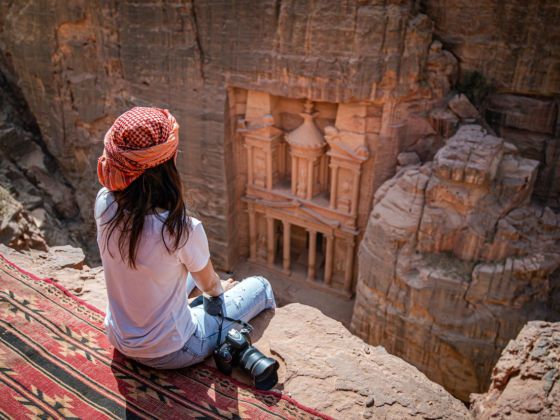Ever notice how when you sit still for a few hours without moving, you suddenly get up and find your legs are cramped, or asleep, or feel tense?
That’s because they’re not meant to be still…at least not for long. We’re meant to move. Our limbs have to be in motion almost constantly.
Humans have always been on the move. Our skeletons and muscle structures have evolved to facilitate gathering our food, escaping from predators, and to satisfy our animal curiosity.
